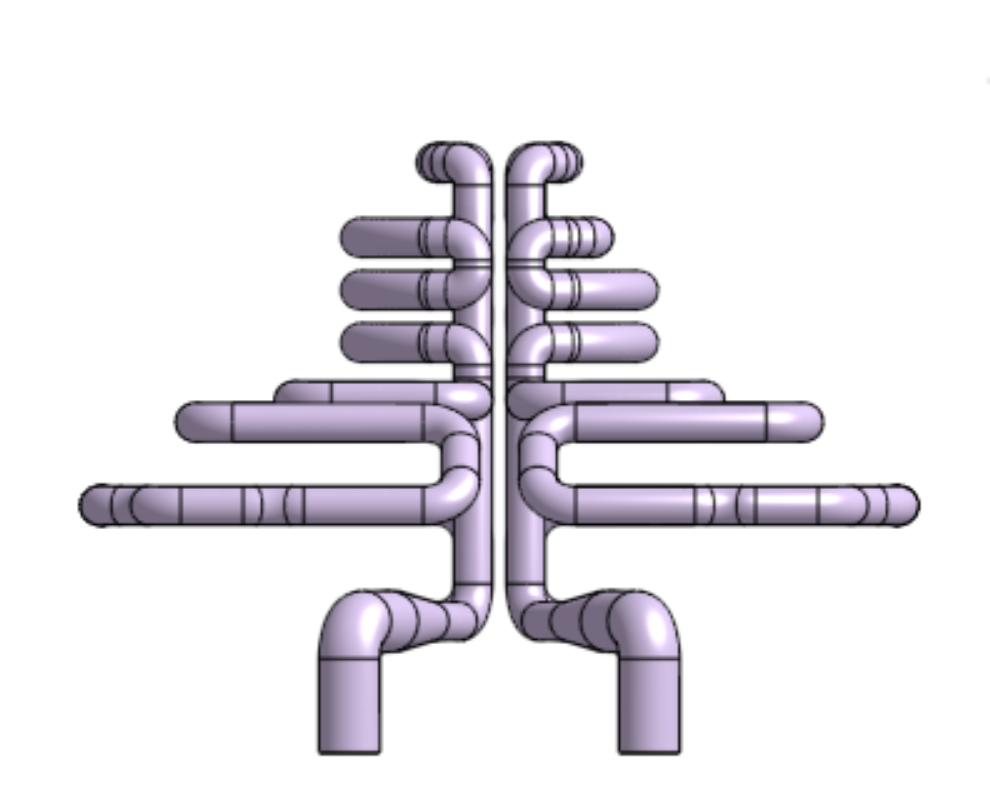
Conformal cooling will define the future of injection mold and molding manufacturing. The reason for this is simple – it’s just better. By creating conformal cooling channels that follow the unique geometry in the mold tool of an injection molded part, engineers can perfectly optimize their cooling lines. This leads to dramatic improvements in the form of reduced cooling times and decreased potential for quality issues – such as warpage. These reduced cooling times leads to increased production throughput, allowing product innovators and manufacturers to produce more parts in less time. The results are remarkable – reduced costs and increased profits!
For the last century, the industry standard for creating conformal cooling channels has been extremely expensive, time consuming, and difficult. Traditional methods use gun drilling to form cooling channels. Unfortunately, these channels follow straight lines, at times impossible to reach certain high-temperature areas, and aren’t capable of following the unique geometry of the part. When these manufacturers have no other option but to utilize traditional cooling channel manufacturing methods, the end result is injection molded parts which suffer greatly from extensive cooling times and thermomechanical part defects.
Although conformal cooling has not been yet been fully embraced in the injection mold industry, this is sure to change due to recent advancements in additive manufacturing, such as direct metal laser sintering/melting. Direct metal laser sintering/melting (DMLS/DMLM) involves the utilization of a laser to sinter or melt metal powder and create a fully dense steel mold insert. This means that the cooling channels can be designed as voided space by engineers to be perfectly optimized for the unique geometry of the molded part. Instaversal has developed a proprietary turnkey solution, CoolTool, which uses predictive engineering modeling to inform the most advanced conformally cooled metal-printed mold inserts. With these new technologies, the injection molding industry will never be the same.
